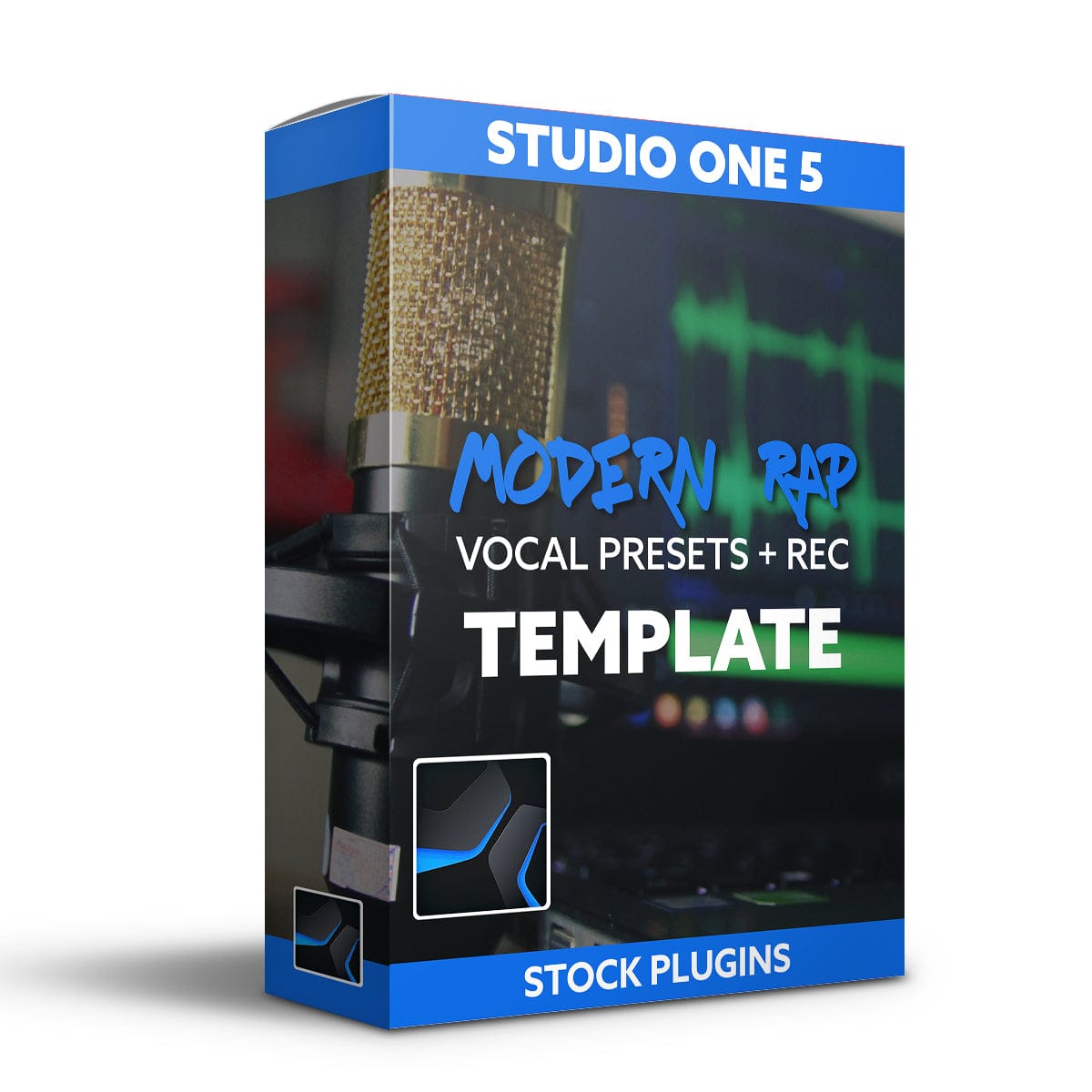

I really miss the right click context sensitive menu's from SX, that was a very fast way of working. In general I'd say SX is laid out in a more logical fashion (ironically), but the flipside of that is that Logic is MUCH more configurable. I'd pay $300 for Ultrabeat alone, so it was worth it for me just for that. Logic's plug ins are better, no doubt about it. Logic has the Transform editor, which is more or less like SX's logical editor. SX has midi plug ins, but I never used them. In terms of midi, I think they are both equal. Nothing in Logic's arrange view is sample accurate. Logic's no slouch here, it just requires you to open the sample editor to do many of the same things you can do right in SX's arrange view. SX has far more intuitive audio editing, no question. My thoughts (repaste from a similar thread a few weeks ago): If you need to sum channels for bus processing - use a Bus.Another previous long time SX user here. If you’re main purpose is to control multiple channels as a group - use a VCA.

Summing channels for the sake of summing (at least in the digital realm), has no advantages and actually offers some disadvantages when dealing with noise floor issues and maintaining relative volume balance among all channels in the group. There are a lot of situations where you may NOT want to sum the output of channels. VCAs sound like a disadvantage, right? - Nope. VCAs are just a control source, not a summing channel, and since they don’t pass signal or sum the output of channels, you cannot add inserts or sends to them. Sound a lot like a bus, right? Well, VCA fader differ because they do not pass signal. When you create a VCA group out of multiple channels, this allows you to control the group of channels’ volume with a single VCA fader. VCAs are a voltage control source to control level of multiple channels simultaneously. VCAs are often very confusing for people new to audio, especially those that have never mixed on an analog console before.

VCA Channels - VCA stands for Voltage Controlled Amplifier. However this is usually called creating an effects send, not a submix so it’s similar, but a bit different use. You can also route channels off of the Sends in order to use the Aux Track as a source for time-based effects, reverb, delay and chorus or for parallel compression. I do the same with guitars, but I often add an exciter or saturation to those. I’m also a big fan of using tape saturation on the drum bus. For example, I like to group all of my drum tracks this way, and then add some stereo bus compression, like the Waves API-2500, to ‘glue’ the group of drum tracks together. This allows you to have a master volume control over the entire summed signal, and this also allows you to add effects inserts and process the entire summed signal as a group. The term that’s typically used here is creating Busses, Bus Channels, or Sub Mixes.īy routing multiple channels to one Aux Track, you are summing the output of multiple channels into one. Busses / Bus Channels - In Logic Pro X, you can create an Auxiliary Channel Strip, or Aux Track, as I usually call it, and then route the output of multiple channels to the Aux Track in the mixer.


 0 kommentar(er)
0 kommentar(er)
